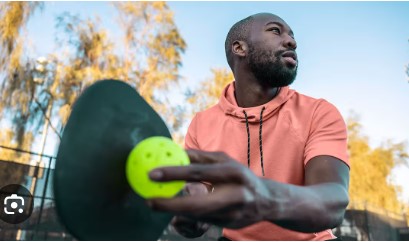Unlocking the Secrets of Sprinting: How Muscle Size Holds the Key to Elite Performance
In a groundbreaking study published in the journal Medicine and Science in Sports and Exercise, researchers have unveiled a revolutionary discovery that could reshape the landscape of elite athlete training and performance. By delving into the intricate anatomy of sprinters, scientists have identified a crucial correlation between sprint speed and the size of specific hip extensor muscles, notably the gluteus maximus.
Lead researcher, Mr. Miller, asserts that the size of the gluteus maximus and other hip extensor muscles directly impacts an athlete’s ability to generate power, thereby influencing sprint speed. This revelation challenges traditional training paradigms and offers a targeted approach to enhancing sprint performance.
The implications of this research are profound for coaches and practitioners working with elite-level sprinters. By honing in on the development of hip extensor muscles, trainers can potentially unlock new levels of speed and agility in their athletes. This targeted approach could mark a paradigm shift in training methodologies, maximizing the potential of sprinters on the world stage.
The study’s impact extends beyond its immediate findings, as researchers now turn their attention to further exploration. A follow-up study focusing on female sprinters aims to broaden the understanding of gender-specific factors in sprint performance. Additionally, ongoing data collection will facilitate a comprehensive comparison of muscle anatomy across different running distances, providing invaluable insights into the nuances of athletic training and performance optimization.
In the dynamic realm of sports science, this research represents a significant milestone, offering a tantalizing glimpse into the intricate interplay between anatomy and athletic prowess. As the scientific community continues to unravel the mysteries of human performance, the implications of this study are poised to reverberate across the world of elite athletics, shaping the training regimens and competitive strategies of sprinters for years to come.



